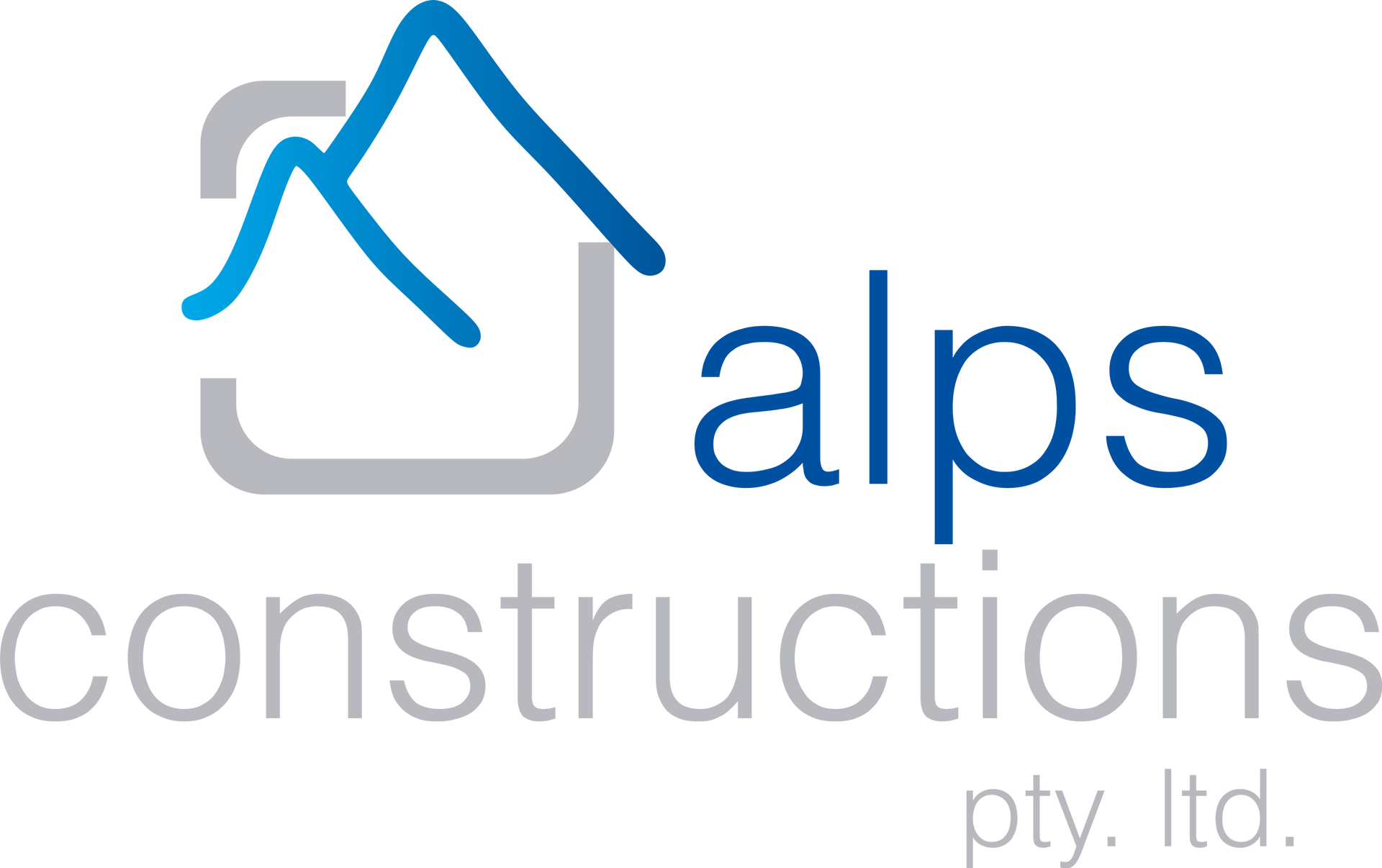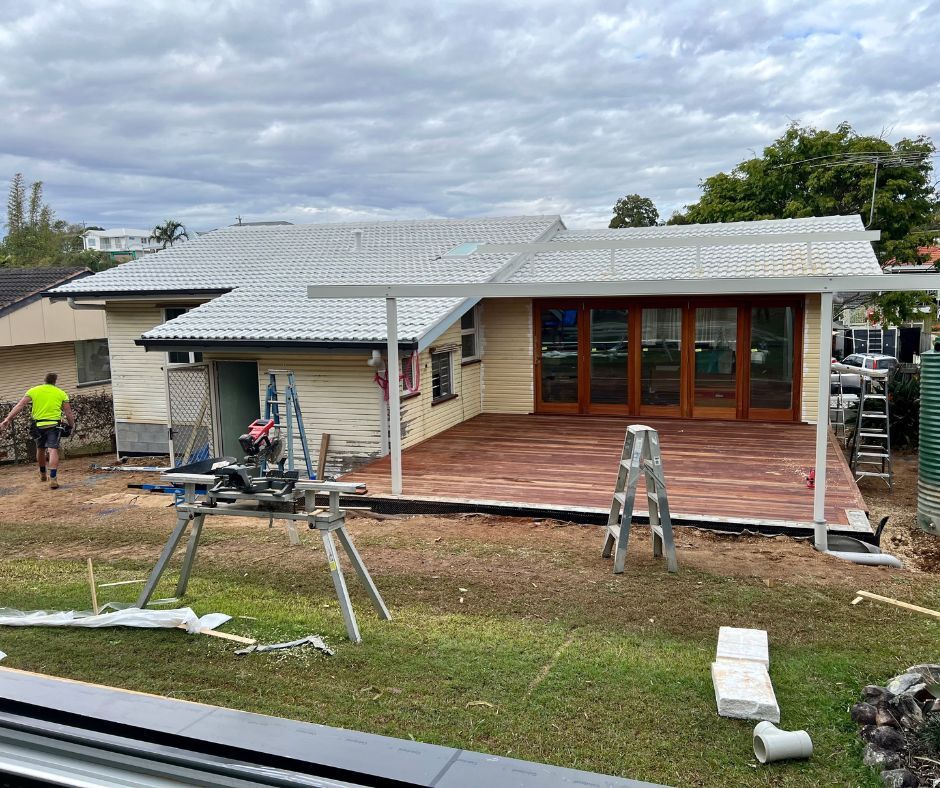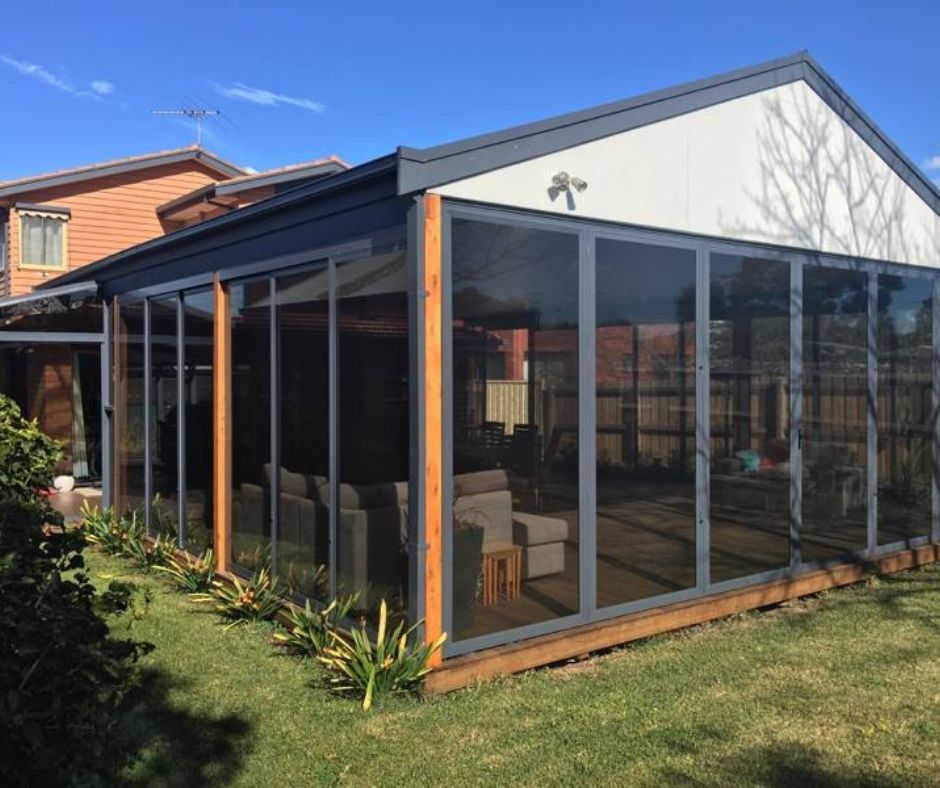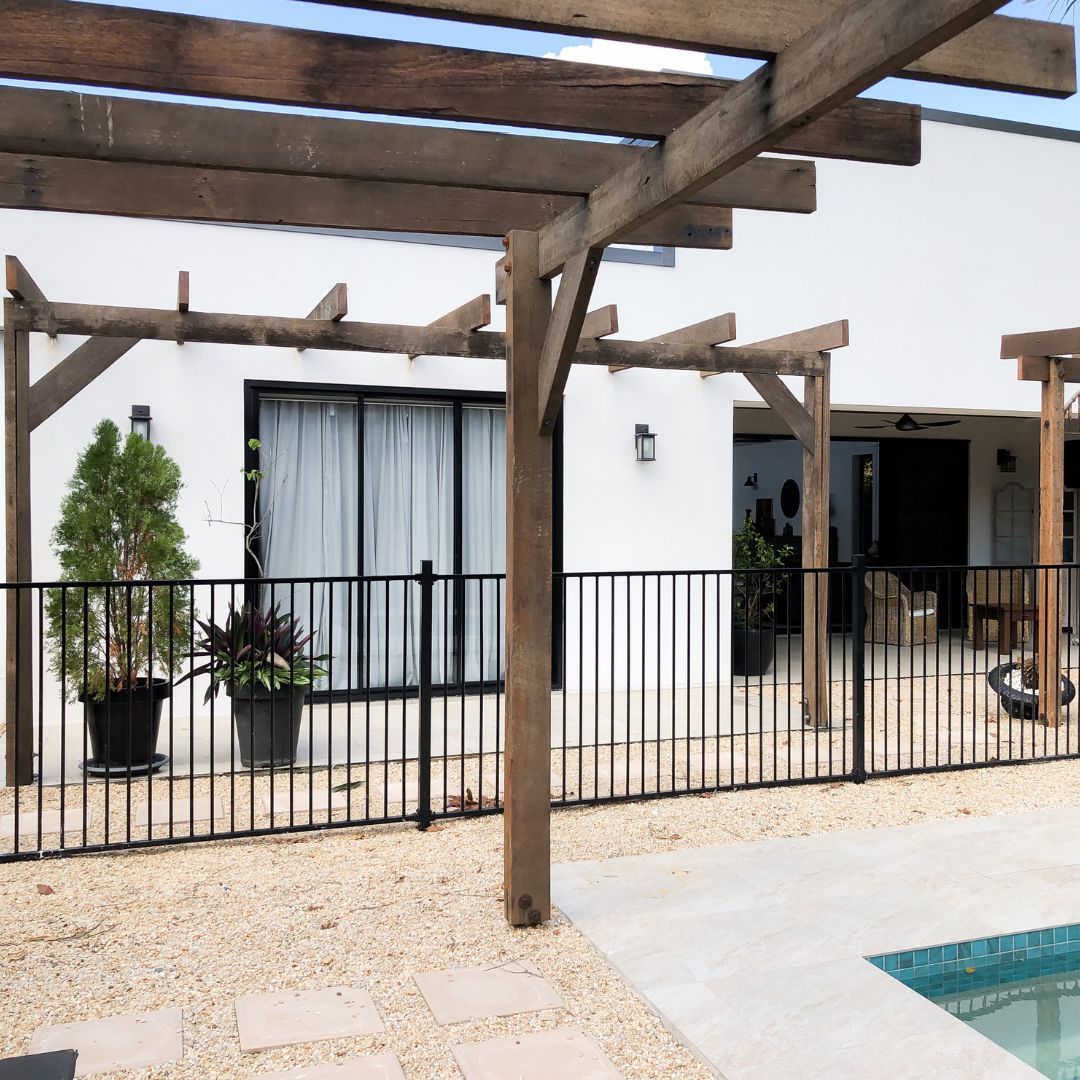What You Need to Know About Renovating a Queenslander Home
Queenslander homes have a timeless charm. With wide verandahs and airy designs, they speak to Australia’s history and lifestyle. It’s no wonder these beauties remain so popular to renovate across Queensland and other parts of the country.
If you’re planning Queenslander home renovations, you’re in good company. This guide covers what makes these homes special, the challenges you might face and practical advice to help you get the renovation right.
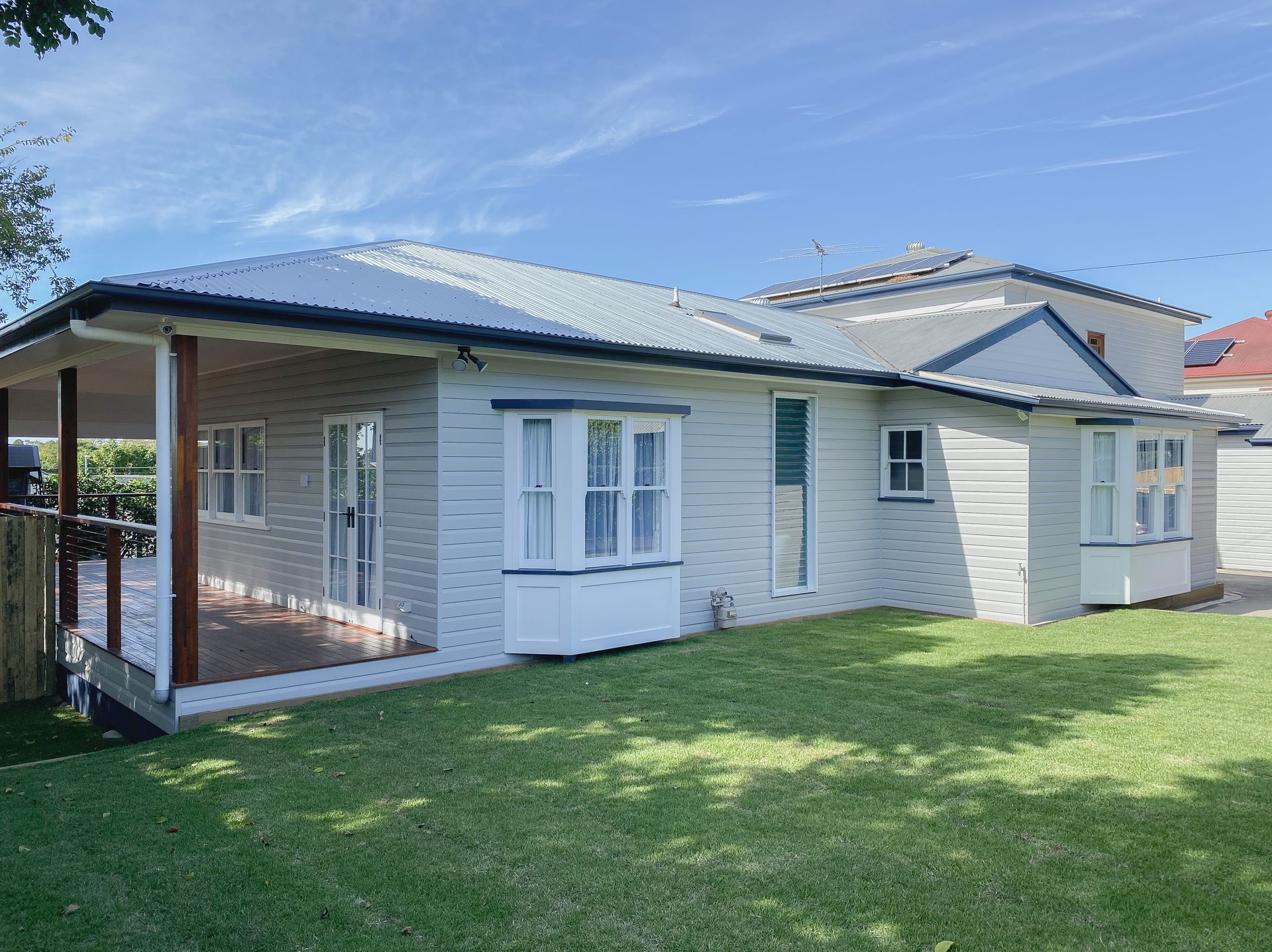
Defining Queenslander Homes
Queenslander homes are a classic Australian style. Built on stumps or piers, they stand elevated to catch breezes and beat the heat. Timber frames, decorative fretwork and generous verandahs define the look.
Most date from the late 1800s to the mid-1900s. They’re part of Queensland’s cultural heritage, designed for our climate before air conditioning existed. Their light-filled rooms and shaded outdoor spaces still hold plenty of appeal.
Understanding Queenslander Home Renovations
Renovating a Queenslander home is no small feat. The goal is to respect history while meeting modern living needs. That means preserving those lovely old features without living in a museum.
Common goals include restoring original timber, improving energy efficiency or expanding cramped layouts. Done well, a Queenslander renovation delivers the best of both worlds.
Why Property Owners & Managers Consider Renovating a Queenslander Home
Queenslander home renovations go beyond good looks. It also:
Improve structural integrity
Old stumps and frames can let you down. Strengthening them keeps the home safe for years to come.
Modernise outdated interiors
Original layouts can feel tired. Fresh finishes and new design breathe life back in.
Enhance energy efficiency
Queenslanders were built for breezes, not modern power bills. Thoughtful upgrades reduce running costs.
Restore original features
Decorative timber and fretwork deserve to shine. Careful restoration celebrates the home’s history.
Improve flow and layout
Boxy rooms can cramp modern living. Smart redesigns create more open, usable spaces.
Comply with building codes and heritage requirements
Rules evolve. Renovating makes sure your home meets today’s standards without losing its character.
Increase resale value
Buyers love heritage with modern comforts. A well-renovated Queenslander can command a premium.
Add additional rooms
Growing families need space. Extra bedrooms or living areas make these homes more flexible.
Built under the house
That space below has real potential. Raising the home creates extra living or storage areas.
Improve insulation and ventilation
Stay cool in summer and warm in winter. Better airflow and insulation make life more comfortable.
Address termite or pest damage
Queenslanders are magnets for timber pests. Renovating lets you tackle infestations before they spread.
Improve street appeal
A refreshed facade turns heads. Thoughtful design lifts your home’s presence in the neighbourhood.
Adapt for family needs
Life changes over time. Renovations let your home evolve with you.
Update electrical and plumbing systems
Old infrastructure can be risky. New systems improve safety and reliability.
Improve accessibility
Make life easier for everyone. Thoughtful design accommodates all ages and abilities.
Incorporate Latest Features
Blend classic style with modern living. New technology and finishes add comfort and convenience.
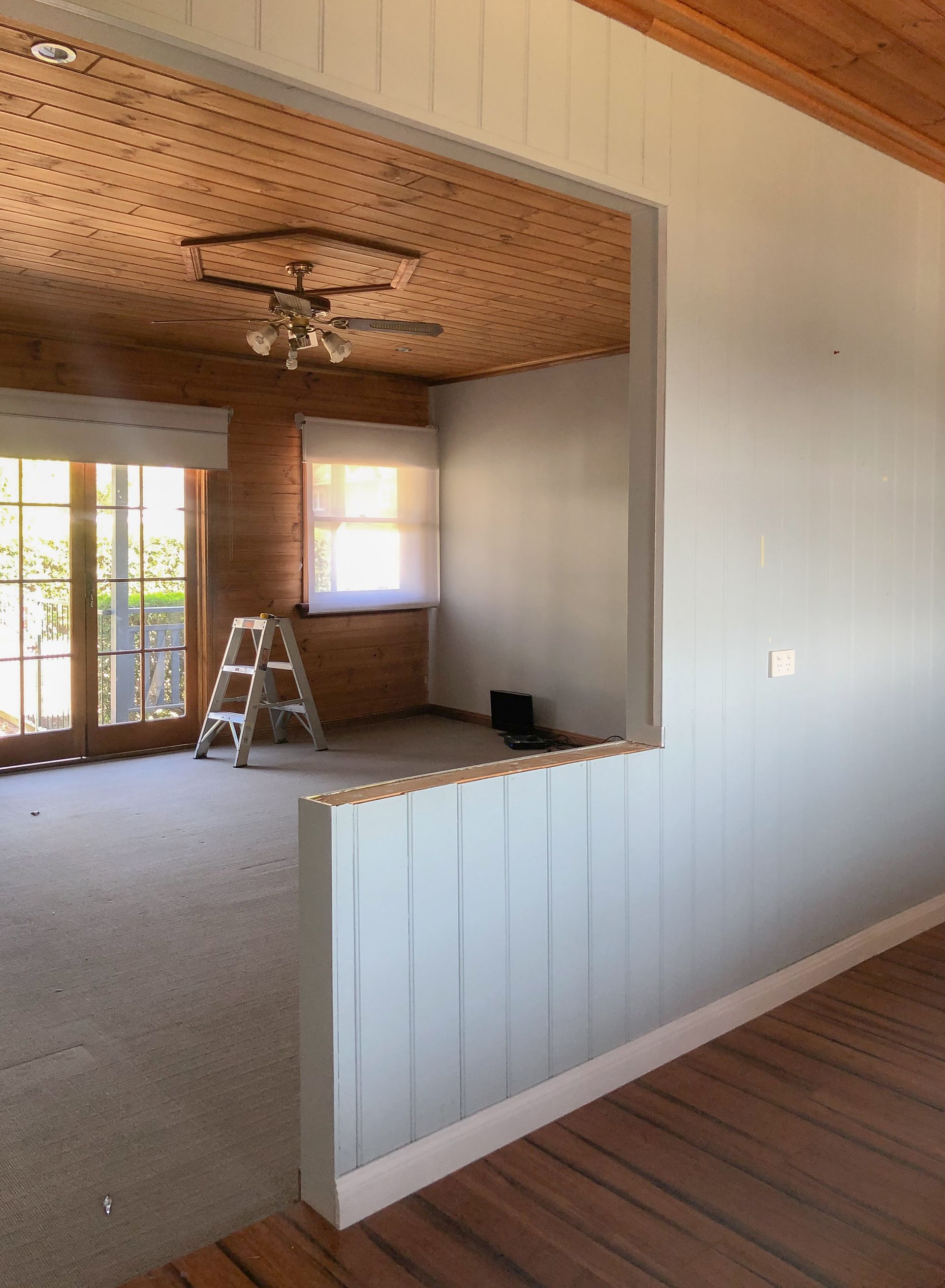
Key Considerations for Renovating a Queenslander Home
Renovating old Queenslander homes takes more than a lick of paint. Here are the essentials you’ll want to have on your radar.
1. Council Approvals and Heritage Overlays
Check your local planning rules before starting any design or construction work. Many Queenslander homes fall under either a traditional building character overlay (for homes built pre-1947) or a heritage overlay (for homes built pre-1911), depending on your local council. Most homes we see are affected by a character overlay, which means you’ll likely need both town planning and council approval. These overlays often include strict requirements, particularly maintaining the original front façade, so it’s wise to seek expert advice early in the process.
2. Structural Condition
Old homes can hide a few secrets under the floorboards. Inspect stumps and frames early to avoid budget blowouts.
3. Raising the Home
House raising can transform and/or add to your usable space. It’s also a popular way to meet flood regulations in many suburbs. If you’ve ever wanted to use the space under the raised home, this is an option too!
4. Ventilation and Insulation
Improve airflow while keeping energy bills manageable.
5. Restoring Timber and Decorative Features
Those classic details deserve proper care. Fretwork, weatherboards and trim add real value when done well.
6. Floor Plan Layout Changes
Queenslanders can be surprisingly boxy inside. Open up rooms or add extensions to suit modern life.
7. Electrical and Plumbing Upgrades
Old wiring and pipes can be risky. Upgrading them makes your renovation safer and future-proof.
8. Sustainable Renovation Materials
Heritage style can meet modern values. Choose eco-friendly finishes that stay true to the home's look.
9. Budget and Unexpected Costs
Renovations rarely go exactly to plan. Always allow a buffer for things you can’t see at first glance.
10. Working with the Right Builder
Not every builder understands Queenslanders. Find someone who knows the style and respects its history.
Common Challenges and Solutions for Renovating Old Queenslander Homes
Renovating a Queenslander home brings plenty of character but also a few surprises. These tips will help you handle the most common hurdles.
Re-levelling the House
Settling over time is almost guaranteed. Professional restumping gets everything back on the level.
Structural Integrity
Age can weaken important supports. Reinforcing timber frames helps your home stay safe and strong.
Old Materials
You might uncover asbestos or other hazards during demolition. Always use qualified experts for safe removal.
Termite Damage
These homes are prime targets for pests. Regular inspections and prompt repairs help avoid major headaches.
Water Damage and Rot
Leaky roofs or poor drainage can ruin beautiful timber. Replace rotted sections to keep your home sound.
Matching Original Materials
Keeping the heritage look takes effort. Hunt down period-appropriate materials for a seamless finish.
Modern Code Compliance
Standards have changed since these houses were built. Plan upgrades carefully to meet today’s safety and accessibility rules.
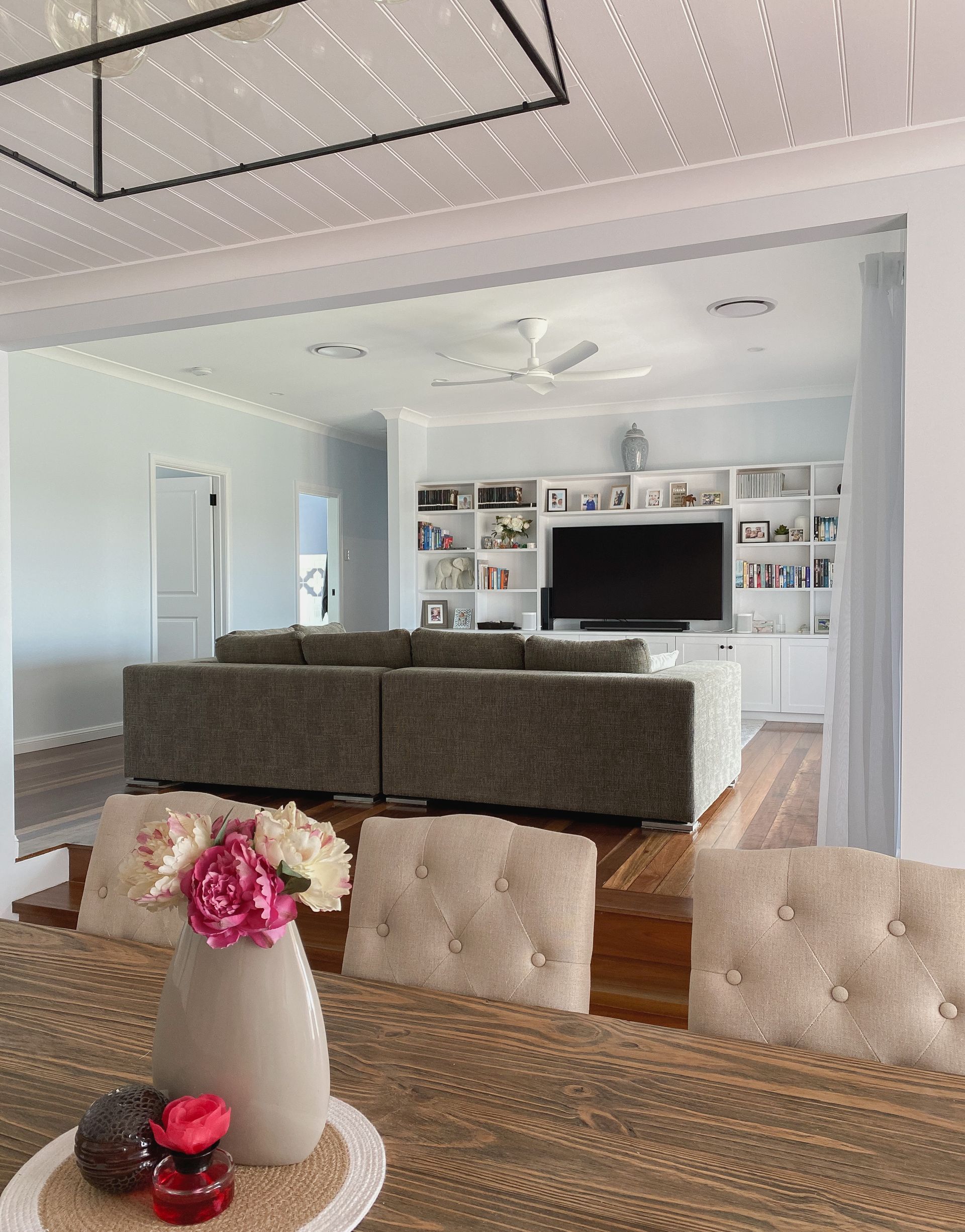
Need Professional Help Renovating a Queenslander Home? Talk to Alps Constructions!
Alps Constructions knows Queenslander renovations inside out. We are trusted for structural work, heritage-sensitive upgrades, renovations and extensions and house raising and build-unders.
Whether you’re planning to upgrade the layout of your Queenslander house or restore its features, our team has the experience and practical know-how you need. We are the go-to for honest advice, clear communication and a personalised approach.
Contact us to see how we can help with renovating old Queenslander homes and bring yours back to life.
